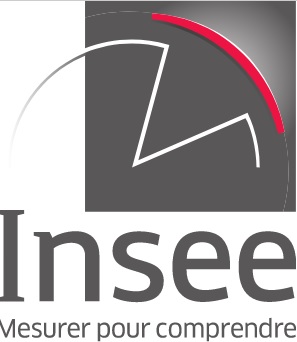01/01/21
- Documents de travail
This paper contributes to a burgeoning literature devoted to the macroeconomics of cryptocurrency. We study the valorization of cryptocurrency in an overlapping generations model where people have the choice between cryptocurrency and central bank currency. This setup is one of the few workhorse models used to address monetary issues, where money can have a positive value in equilibrium. Specifically, we pay attention to three features of cryptocurrency: it is a risky asset (because of frauds and hacks), which one acquires by bearing transaction costs, and its supply reaches its upper limit in a finite time (e.g., Bitcoin). We consider both the standard case with linear-quadratic preferences and the more general case where preferences are not specified. We find that the effect of an increase in cryptocurrency on the currency prices notably depends on the transaction costs borne by people who buy cryptocurrency. In particular, when these costs are given by a concave function (that is, when there are economies of scale in holding cryptocurrency), it can be the case that an increase in cryptocurrency results in an increase in its price and a decrease in the central bank currency price. Moreover, we find that both the prices of central bank currency and cryptocurrency decrease with a mean-preserving increase in the risk of the latter. These results have two implications. Firstly, the fact that an increase in cryptocurrency may increase its price clashes with the fact that its supply is limited. There is then a tension between the principle that cryptocurrency is in limited supply and the fact that increasing its stock would not decrease its value. Secondly, the fact that the equilibrium price of central bank currency is linked to the risk of hacking of cryptocurrency underlines the fact that the existence of the latter can jeopardize the value of the former, even when a sound monetary policy is followed by the central bank.




